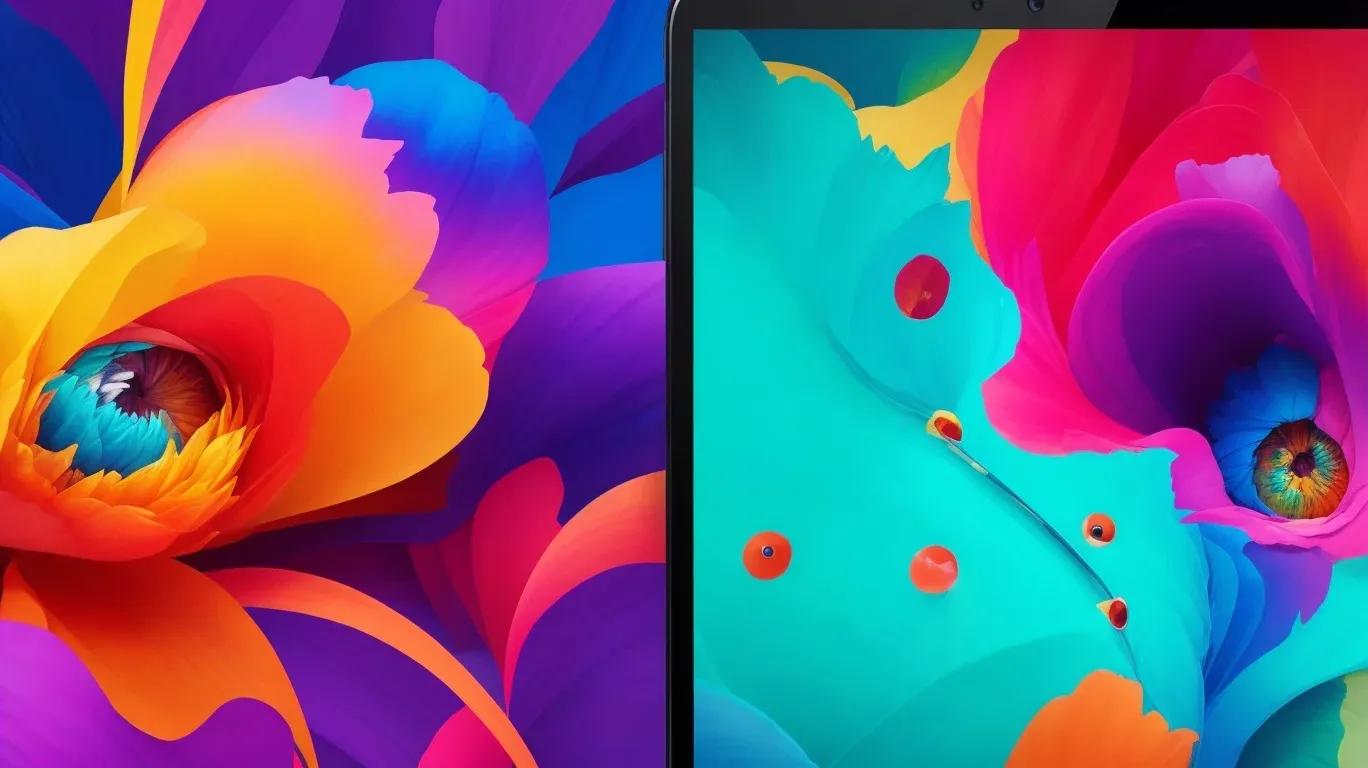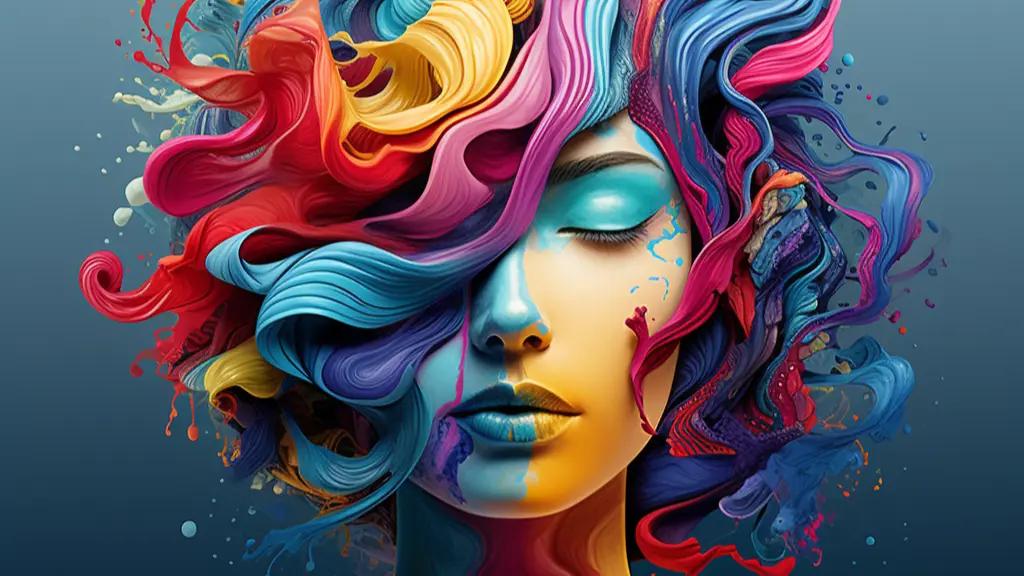
Maximizing Engagement with Images and Multimedia
by Cory Loxton-McMahon
published on October 20th 2023 and last updated a year ago
The Power of Visual Content
In an era where attention spans are shorter than ever, visuals are the key to capturing your audience's attention. Visual content, such as images and multimedia, has the unique ability to convey complex messages quickly. In this post, we will explore how optimizing images and effectively using multimedia can significantly impact user engagement.
Visual content, in all its forms, is a powerhouse in the digital world. Whether it's the eye-catching images on your website or the engaging videos and interactive graphics you share, visuals play a crucial role in how your audience perceives your brand and message.
The human brain is wired to process visual information more quickly and efficiently than text. It's no wonder that, in the age of information overload, a carefully selected image or a well-crafted video can instantly grab attention, evoke emotions, and leave a lasting impression.
The Role of Image Optimization
Images play a crucial role in web design and user engagement. However, if not handled properly, they can slow down your website and deter users. We'll dive into the importance of image optimization, which involves reducing image file sizes without compromising quality, to ensure a fast-loading and visually appealing website.
Image optimization is all about finding the right balance between quality and performance. High-resolution images may look stunning, but they can bog down your site's loading speed, leading to a poor user experience. On the other hand, heavily compressed images may load quickly but sacrifice image quality.
Optimizing images involves using techniques like compression and file format selection to reduce image sizes while maintaining visual integrity. By finding the sweet spot between quality and file size, you can create a visually pleasing website that loads quickly, capturing user interest from the start.

Benefits of Fast-Loading Images
A website's loading speed directly influences user satisfaction and search engine ranking. Discover how properly optimized images lead to faster loading times, enhancing the user experience and making search engines smile upon your site.
Loading speed is a critical factor in the digital age. Users expect websites to load in the blink of an eye, and search engines reward fast-loading sites with better rankings.
One of the primary contributors to web page loading times is the size of images. Large, unoptimized images can significantly slow down your site. On the other hand, smaller, optimized images ensure a smoother and more pleasant browsing experience.
Fast-loading images offer several benefits:
Crafting Engaging Multimedia Content
Multimedia goes beyond images – it includes videos, interactive graphics, and more. We'll explore how multimedia elements can be harnessed to deliver information in a captivating manner, encouraging users to spend more time on your site.
Multimedia content, including videos, animations, infographics, and interactive tools, holds immense potential for engaging your audience. It adds an extra dimension to your content, making it more engaging and memorable.
Incorporating multimedia elements can transform complex concepts into easily understandable visuals. Whether you're explaining a process, demonstrating a product, or telling a story, multimedia helps you get your message across effectively.
Multimedia for Storytelling
One of the most compelling ways to use multimedia is in storytelling. We'll discuss how visuals and multimedia can convey your brand's narrative, helping users connect with your content on a deeper level and promoting brand loyalty.
Stories have been an integral part of human communication since ancient times. They engage emotions, create connections, and make information memorable. In the digital age, storytelling has found a new and exciting medium: multimedia.
Whether you're narrating your brand's journey, showcasing customer testimonials, or explaining the value of your products, multimedia elements like videos, animations, and infographics can bring your stories to life in ways that text alone can't match.
Visuals and multimedia provide a dynamic and immersive experience, allowing users to feel connected to your brand and message. By incorporating storytelling into your multimedia content, you can build a more meaningful relationship with your audience and foster brand loyalty.
Impact on User Engagement Metrics
What's the real impact of image optimization and multimedia usage on user engagement? We'll delve into the metrics that matter, from bounce rates and time on page to click-through rates and social shares.
The success of your website's visuals and multimedia content can be measured through various user engagement metrics. These metrics provide valuable insights into how your audience interacts with your content and whether your visual strategies are effective.
Here are some of the key user engagement metrics you should pay attention to:
Bounce Rate: This metric indicates the percentage of visitors who navigate away from your site after viewing only one page. A high bounce rate may suggest that your content isn't engaging enough.
Time on Page: The average amount of time users spend on a page. Longer times indicate that your content is holding users' attention.
Click-Through Rate (CTR): CTR measures the percentage of users who click on a specific element, such as a call-to-action button or a link. Higher CTRs indicate effective visual and multimedia elements.
Social Shares: The number of times your content is shared on social media. Sharing indicates that your content resonates with the audience.
By analyzing these metrics, you can gain insights into the effectiveness of your visual and multimedia content and make data-driven improvements to enhance user engagement.
Strategies for Optimizing User Engagement
Concluding our exploration, we'll offer actionable strategies to effectively use images and multimedia to maximize user engagement on your website. Learn how to strike the perfect balance between visuals and performance, ultimately driving your web presence to new heights.
Optimizing user engagement through visuals and multimedia content involves a combination of best practices and creative strategies. Let's explore some strategies to help you achieve the perfect balance:
- Prioritize Loading Speed: Ensure that your images and multimedia elements are optimized for fast loading without compromising quality. This enhances the user experience and reduces bounce rates.
- Responsive Design: Create content that adapts to various devices and screen sizes. Make sure your visuals and multimedia work seamlessly on both desktop and mobile.
- Storytelling Techniques: Use multimedia to tell compelling stories about your brand, products, or services. Engaging narratives capture attention and build emotional connections.
- Interactive Content: Incorporate interactive multimedia elements, such as quizzes, surveys, and interactive infographics, to engage users and encourage them to spend more time on your site.
- A/B Testing: Experiment with different visuals and multimedia elements to determine which ones resonate best with your audience. A/B testing can help you fine-tune your content.
- Social Sharing: Encourage users to share your multimedia content on social media platforms, extending your brand's reach and increasing engagement.
By implementing these strategies, you can harness the power of visuals and multimedia to maximize user engagement and elevate your online presence.
In this comprehensive guide, we've explored the impact of visual content, the role of image optimization, the benefits of fast-loading images, the use of multimedia for engaging storytelling, and the influence on user engagement metrics. Armed with these insights and strategies, you're well-equipped to create a website that not only captures your audience's attention but also keeps them engaged and coming back for more.
